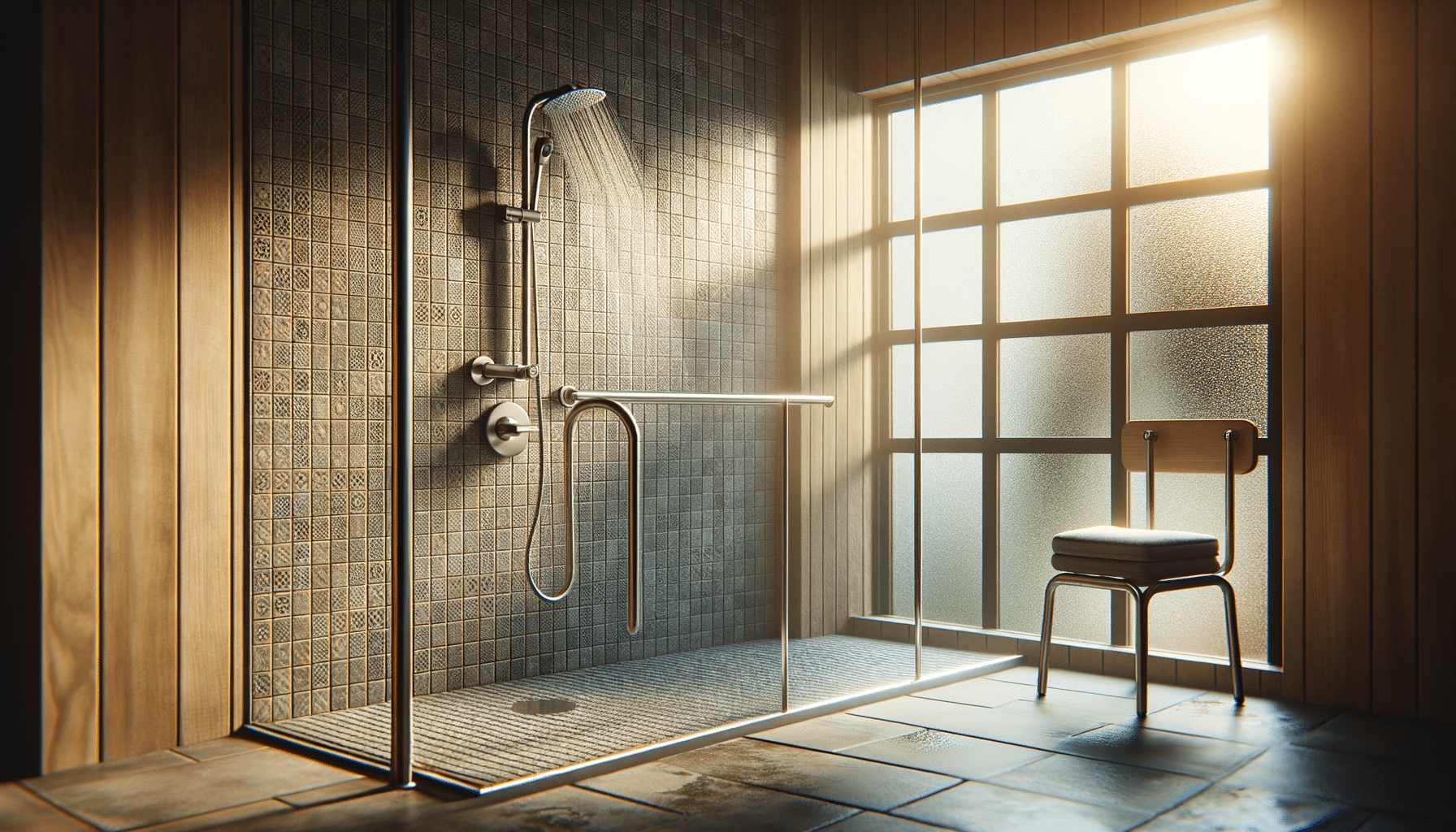
Inside Dementia Care Homes: How Support, Safety, and Structure Work Together
Introduction to Dementia Care Homes
The journey of caring for someone with dementia is both challenging and rewarding. As dementia progresses, many families find that specialized care homes offer the most comprehensive support. These facilities are designed to provide structure, safety, and emotional support for residents experiencing memory loss. In this article, we explore how dementia care homes work collaboratively to maintain the comfort, independence, and dignity of their residents. Understanding the roles of trained caregivers, the design of modern facilities, and the importance of structured routines can help families make informed decisions about care.
The Role of Trained Caregivers
“Trained caregivers support both medical and emotional needs.” This statement underscores the dual role that caregivers play in dementia care homes. These professionals are not only equipped with medical expertise to manage the physical symptoms of dementia, but they also provide crucial emotional support. Caregivers are often the first point of contact for residents, offering companionship and understanding that can significantly improve quality of life.
Effective caregivers are trained to handle a variety of situations, from managing unexpected behaviors to administering medications. Their training includes techniques for communication, which is vital as verbal skills may diminish in residents with dementia. Caregivers use a variety of methods to engage with residents, including music therapy, art activities, and memory games, all designed to stimulate cognitive function and enhance emotional well-being.
- Administering medications accurately
- Understanding and managing behavioral changes
- Providing companionship and emotional support
The presence of skilled caregivers in dementia care homes ensures that residents receive comprehensive care that addresses both their health and emotional needs.
Designing for Safety and Freedom
“Modern dementia homes are designed for safety without restricting freedom.” This approach balances the need for a secure environment with the desire to maintain a sense of independence for residents. Safety features in dementia care homes include secure entry and exit points, monitored common areas, and emergency response systems. These features are essential in preventing wandering, a common concern in dementia care.
At the same time, these homes are designed to feel welcoming and open, with spaces that encourage social interaction and personal freedom. Gardens and outdoor areas are often included to provide residents with a connection to nature, which can be soothing and therapeutic. The design of these homes reflects a deep understanding of the needs of individuals with dementia, aiming to create a space that feels both safe and liberating.
- Secure entry and exit points
- Monitored common areas
- Emergency response systems
By combining safety with freedom, modern dementia care homes offer an environment where residents can thrive.
The Importance of Structured Routines
Structured routines play a crucial role in dementia care homes. Daily schedules provide residents with a sense of predictability and stability, which can help reduce anxiety and confusion. Activities are carefully planned to cater to the cognitive and physical abilities of residents, ensuring that each person can participate to the fullest extent possible.
Routines often include meal times, exercise sessions, and social activities, all of which are integral to maintaining health and well-being. Mealtimes are particularly important, as they provide opportunities for socialization and ensure nutritional needs are met. Exercise sessions are tailored to individual abilities, promoting physical health and mobility.
- Regular meal times
- Tailored exercise sessions
- Engaging social activities
By maintaining structured routines, dementia care homes help residents feel more secure and engaged, enhancing their overall quality of life.
Conclusion: Embracing a Holistic Approach
Dementia care homes are more than just facilities; they are communities that provide a holistic approach to care. By integrating trained caregivers, thoughtful design, and structured routines, these homes create an environment that supports both the medical and emotional needs of residents. Families can take comfort in knowing that their loved ones are receiving care that respects their dignity and promotes their well-being.
As we continue to learn more about dementia and its impacts, the evolution of care homes will undoubtedly progress, always striving to offer the utmost in support and quality of life. For those considering dementia care homes, understanding these elements can guide them in making informed decisions that align with the best interests of their loved ones.


